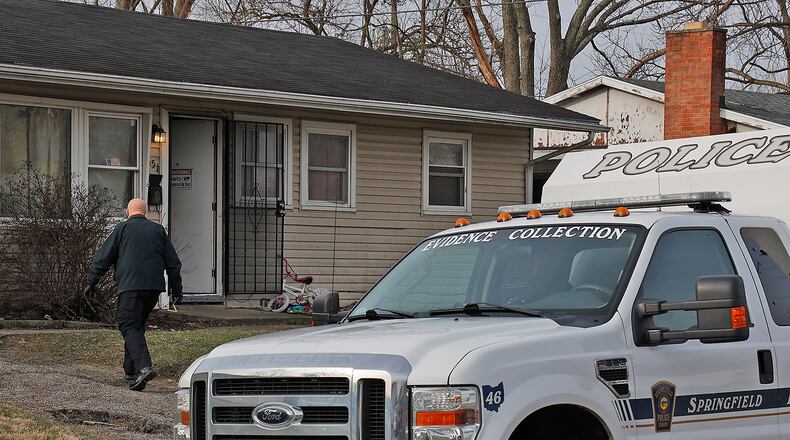OIC, the Springfield Foundation, the Clark County Juvenile Court, the City of Springfield, Springfield City Schools, the Clark County Combined Health District, Mental Health and Recovery Board, Community Health Foundation and the NAACP Springfield are all working together to address the issue.
“This shows that our violence prevention group tackled one of important issues facing our community,” Calabrese said. “When people looking out our community to move here — when this gets resolved — they’ll see us in a better light.”
The money will fund the initiative for a three-year period, Calabrese said. Community organizations have also agreed to help fund the coordinator position.
The violence prevention coordinator at OIC will develop, implement, coordinate and enhance community programs and services that aim to reduce gun violence in Springfield.
Violence is considered a public health issue by the American Public Health Association. According to the Centers for Disease Control and Prevention, murder rates have increased in the U.S. in recent years.
Calabrese said throughout 2022, Clark County had 352 calls to 911 for shots fired, and numbers for juveniles adjudicated for felonies involving guns have consistently risen from 2019 to 2022.
Credit: Bill Lackey
Credit: Bill Lackey
This prompted the group to come together to try to develop a plan to reduce these numbers and prevent young people from resorting to gun violence, Calabrese said.
Researchers will initially look at similar communities to see what works and does not regarding youth gun violence to create a blueprint of sorts for the issue in Springfield, Calabrese said.
They will also conduct a community assessment to understand the particular gun violence in the area and how it impacts the community, Calabrese said.
Suzie Carey, executive director of the Springfield Foundation, said Case Western Reserve’s expertise in the topic will be extremely helpful.
She said the programming created as a result will focus on preventing gun violence and hopefully decrease the number of juveniles involved in the juvenile justice system and in shootings.
Carey said she hopes it will also help young people understand that retaliatory violence is not the answer and that violence affects everyone.
“Hopefully we can do something to help them move forward and have productive lives and live long lives,” Carey said.
This collaboration shows that many people in the community are interested in doing the work to solve this problem, Carey said.
Calabrese said the group will know it was successful when they see these “tragic numbers” go down, when local law enforcement is able to use “another tool in their tool chest” to address youth gun violence. He said there may be someone who can defuse a volatile situation or help someone deal with the aftermath.
“The work of this group will hopefully save some lives of young children, and it may offer some deliverables — that we don’t know what it looks like right now — (to someone) who feels threatened by gun violence,” Calabrese said.
About the Author

